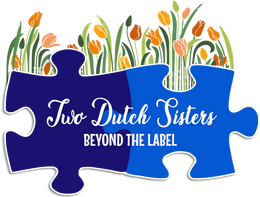There are 3 types of Down syndrome:
Trisomy 21
- 95% of people with Down syndrome have Trisomy 21
- Three copies of chromosome 21, instead of two, which occurs during cell division
Translocation
- 2-3% of people with Down syndrome have a translocation pattern
- Part of chromosome 21 breams off and attaches itself to another chromosome (often the chromosome 14)
- Two-thirds of translocation occurrences are spontaneous while the other third is inherited from a parent
Mosaicism
- 2% of people with Down syndrome have Mosaic Down syndrome
- Cell division occurs in one of the early cell divisions after conception, resulting in some cells having three copies of chromosome 21 instead of two
- Like their peers, a person with Down syndrome has diverse abilities. An individual’s level of functioning is not dependent upon the determination of one of these types of Down syndrome.
Physical characteristics of Down syndrome
People with Down syndrome can have similar physical characteristics. Some of these include:
- Small, flat nose
- Almond-shaped eyes that have an upward slant
- Smaller limbs and body frame
- A gap between the first and second toes that is larger than that of a typically developed individual
- Low muscle tone
- Single deep crease across the palm of the hand
